Integrating distribution, marketing, revenue management15 SEPTEMBER 2020 7:41 AM
Some recent case studies demonstrate the success that can be had by rethinking these key disciplines and how they can work in tangent.

By Trevor Stuart-HillTrevor@RevenueMatters.com
For years, the hospitality industry has treated marketing, revenue management and distribution as separate disciplines, often operating in silos with limited communication or cooperation between them. In times like these, when hotels are looking to maximize profitable revenue, this is not an optimal solution.
There is a quiet revolution currently underway, integrating all three disciplines and opening lines of communication to drive more profitable revenue for their clients. We call this approach “Integrated Revenue Strategy.”
This strategy is having a tremendous impact on both revenue performance and asset value. Below are two examples in which this convergence of talent has had a significant impact.
The Somerset on Grace Bay
Located in Turks and Caicos, The Somerset on Grace Bay is an intimate, award-winning, five-star resort catering to families and couples. Accommodations consist of 53 one- to five-bedroom villas and suites ranging in size from 1,400 to 5,300 square feet, at nightly rates of between $650 to $3,500.
 |
As with many Caribbean properties, revenue performance at The Somerset on Grace Bay was substantially dependent on contributions from third-party providers such as wholesalers and online travel agencies. There was a strong desire on the part of leadership to drive a higher percentage of direct business over the long run, but there were also periods in which driving short-term business was highly desirable. Intentional structured integration between distribution, marketing and revenue management made this possible.
Example #1: April flash sale
Situation: April was trending to finish $130,000 below budget in mid-March. The property faced a short travel window and speed to market was vital.
Approach: The revenue strategy team collaborated to design, price and promote a flash sale that was approved by the board and was live in the market within 24 hours. The booking window was just 10 days and the travel period was valid for one month (with a 10-day blackout period). This last-minute program was promoted via the property website, email, landing pages, targeted social media advertising, PPC, TripAdvisor and through the OTAs.
Results: April missed budget by just $1,400.
Example #2: Direct booking contribution and revenue growth
Situation: Direct non-commissionable revenues represented less than 40% of the business mix whereas 60% of revenue contribution was commissionable. Property leadership wanted to flip these two figures, while growing overall property revenues.
Approach: A comprehensive integrated revenue strategy program was introduced, which combined both customer relationship management and revenue management initiatives. Enhanced communication and engagement with past guests were further supported through email, newsletters, targeted offers, social media channels and guest recognition initiatives.
Results: Both mix of sales and revenue trends responded immediately (see charts below). Despite the Zika outbreak and two hurricanes, favorable long-term trends have continued. The COVID-19 pandemic is expected to have a negative impact; however, the wheels have been set in motion for a strong recovery.


Jamaica Inn
Over the past 60 years, this family-owned and operated Ocho Rios resort has played host to the likes of Marilyn Monroe, Noel Coward, Errol Flynn and Katharine Hepburn. Most recently, Jamaica Inn has been recognized by Travel & Leisure as one of the Caribbean’s top three properties and is currently ranked 33rd in the world.
Situation: Seven years ago, ownership recognized there was little coordination between the revenue-impacting disciplines and believed there would be additional revenue potential if these efforts were streamlined and integrated. In addition, despite the storied history and impeccable reputation, a contemporary unique selling proposition was needed.
Approach: The first step was to develop a strong USP. “It’s Time to Unwind” was approved due to its meditative and relaxing connotations that are consistent with the property’s experience. This messaging was prevalent within marketing materials, guest communication, distribution channel messaging in package offerings and thoughtful personal touches at the property. Regularly scheduled revenue meetings with key stakeholders reinforced alignment and provided the opportunity to collectively make tactical decisions around pricing, inventory management, package offers and distribution to support over-arching strategies.
Results: Like The Somerset, revenue performance improved dramatically almost immediately (see chart below), dipped slightly due to Zika and hurricanes, before returning to a sharp upward trajectory aided in part by incorporating a strong revenue management discipline.

The hospitality industry is currently being challenged as never before. One positive outcome is that this experience is providing all of us in the industry an opportunity to rethink our approach to how we conduct business. The close coordination and integration of revenue-impacting disciplines is an absolute necessity for a property to accelerate its recovery.
Creating an integrated revenue strategy approach through the alignment of distribution, marketing and revenue management could very well be the best way to achieve results tomorrow that may seem quite impossible today.
Trevor Stuart-Hill is founder and President of Revenue Matters and a member of the International Society of Hospitality Consultants.

